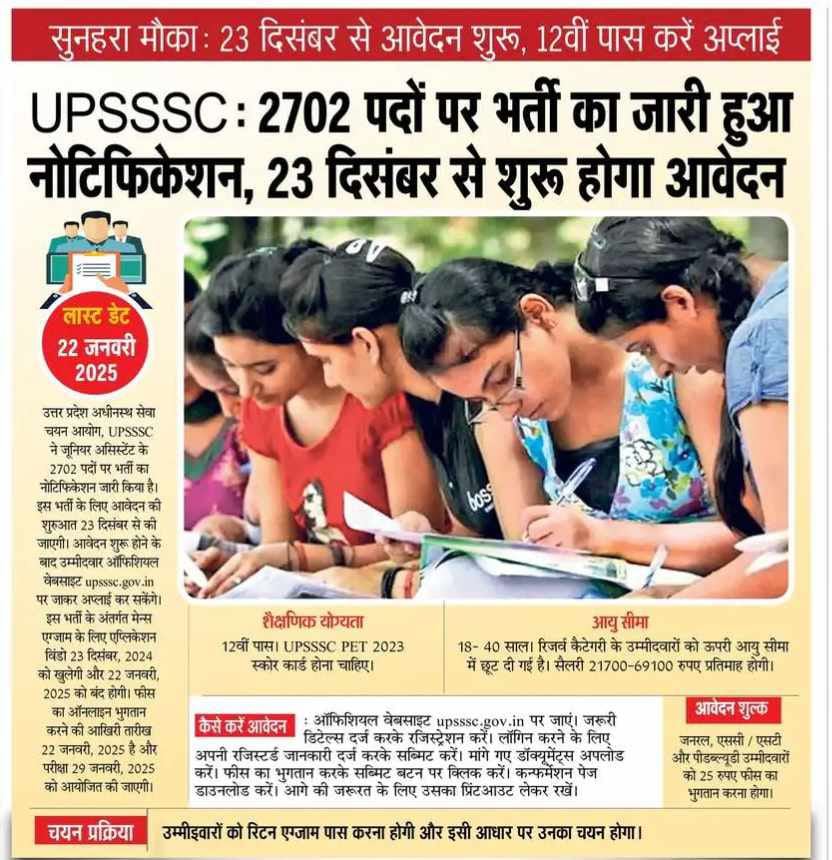Just two days ago, on September 19th, President Trump dropped a bombshell that’s got everyone in tech talking. Companies now have to pay a whopping $100,000 every year for each H-1B worker they sponsor. Yeah, you read that right—$100,000 annually, not just once.
The administration says this will stop companies from abusing the system and give American workers a fair shot. But honestly? This decision has everyone from Silicon Valley CEOs to immigrant families scrambling to figure out what comes next.
Why This Is Such a Big Deal H-1B Visa
Let’s be real here—the H-1B program has been the golden ticket for skilled workers, especially those in tech, to build their careers in America. And here’s something that might surprise you: about 70% of H-1B visa holders are from India. So when we talk about this policy hitting hard, we’re talking about tens of thousands of Indian engineers, researchers, and their families who are now facing some tough choices.
Tech Companies Are Freaking Out H-1B VISA
Picture this: you’re running a company like Google or Microsoft, and you’ve got thousands of H-1B employees. Suddenly, you’re looking at paying hundreds of millions—maybe even billions—more each year just to keep your current workforce. That’s not pocket change, even for tech giants.
We’re already seeing the panic. Microsoft apparently told its overseas employees to get back to the U.S. by September 20th to avoid any visa complications. That tells you how seriously companies are taking this.
But here’s where it gets really tough—what about the smaller companies? Your typical startup or mid-sized business doesn’t have Google’s bank account. For them, this fee might mean they simply can’t afford to hire international talent anymore. And when that happens, guess what? Some of these companies might just pack up and move their operations to countries where they can still access global talent without breaking the bank.
Real People, Real Problems OF H-1B VISA
Behind all these corporate decisions are actual families dealing with very real stress. Imagine you’re an H-1BH-1B worker with a mortgage, kids in school, maybe even expecting a baby. Suddenly, your future in America becomes uncertain because your company might not be able to afford the new fees.
Some families are literally making emergency trips back to the U.S. right now, afraid that if they don’t return quickly, they might not be able to come back at all. That’s the kind of chaos this policy has created overnight.
The Political Fallout
This move isn’t happening in a vacuum. Indian politicians like Rahul Gandhi are already calling it unfair, saying it punishes hardworking people instead of fixing real problems in the system. And you know what? This could seriously strain the relationship between the U.S. and India, especially since Indian talent has been such a huge part of America’s tech success story.
There’s another concern too—this might create a system where only the biggest, richest companies can afford to sponsor foreign workers. Smaller companies and startups, which are often the most innovative, could get completely shut out. That doesn’t sound like healthy competition to me.
Where Do We Go From Here?
The big question everyone’s asking is: can America stay on top in tech and innovation if it becomes too expensive to hire the world’s best talent? Other countries are watching this closely. Canada, Australia, and European nations are probably rubbing their hands together, ready to welcome all the skilled workers who might not be able to afford staying in the U.S.
Right now, nobody really knows if this is Trump’s long-term strategy or just a political move that might change later. But what we do know is that thousands of workers and companies are trying to figure out their next steps in a completely changed landscape.
Also Read this:-
Download All Ghatna Chakra Book PDF | Sam Samayik Ghatna Chakra PDF Download Free
The Bottom Line
This $100,000 fee isn’t just a number on a policy document—it’s reshaping lives and careers. Some see it as protecting American jobs, while others worry it’s shooting America in the foot when it comes to staying competitive globally.
One thing’s for sure: we’re watching history unfold. The decisions made in the coming months will determine not just who gets to work in America, but whether America can maintain its edge as the world’s innovation hub. And for the thousands of families caught in the middle? They’re hoping for some clarity in what feels like a very uncertain time.













